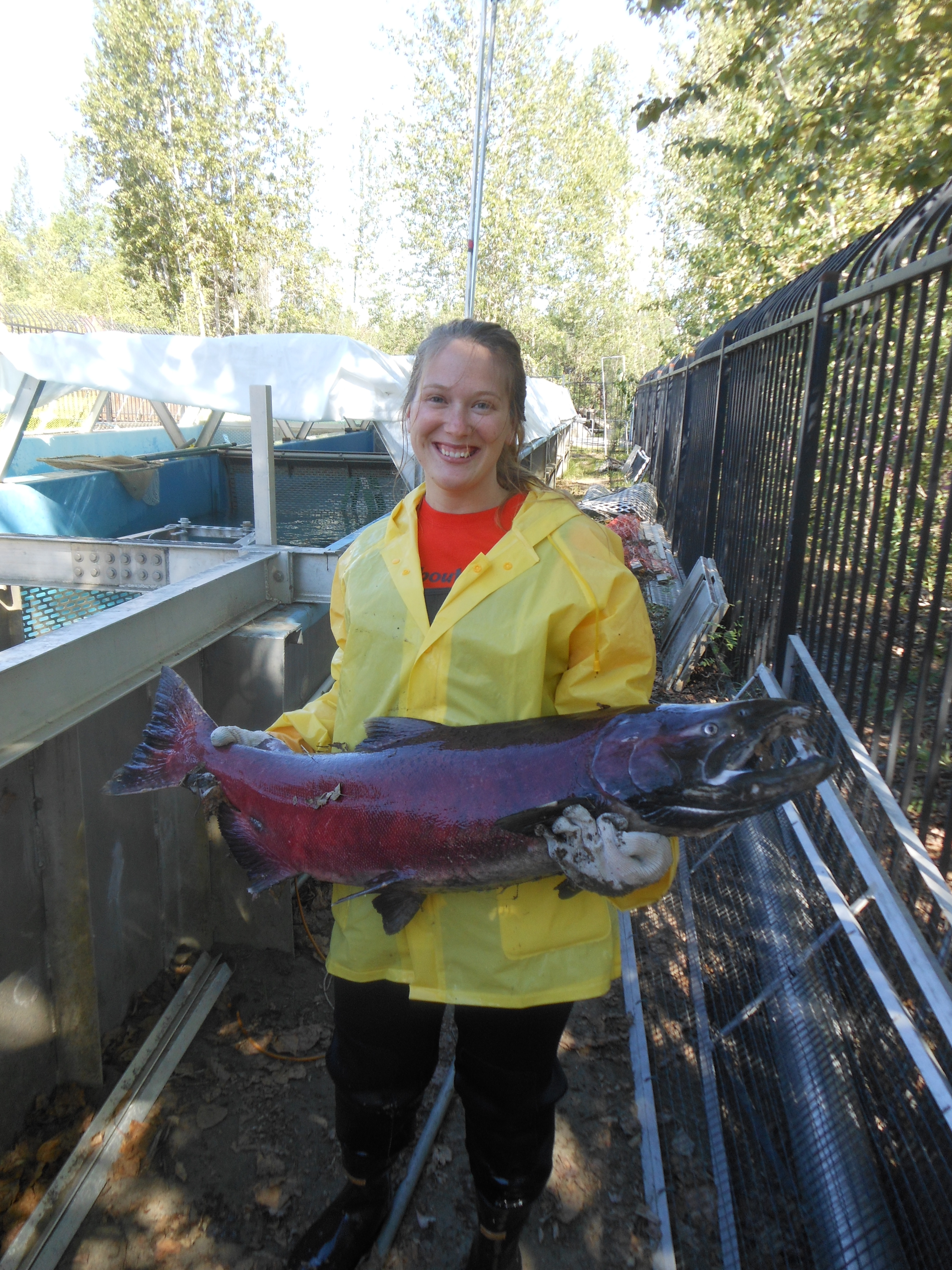by Chris Davis
I am in the kitchen making my grandson, Jay, a turkey sandwich when I hear his crystal laughter twinkle from the living room. Setting the mayonnaise down, I peek around the corner to see if he is pestering the cat again.
Jay is squatting in front of a cardboard box that Rachael, my wife, brought home. This box has been his favorite toy for the past week and its shape belies the attention Jay has given it: torn flaps, creases on its sides from where Jay has tried standing on it. It’s large enough for his three-year-old body to crawl into and he loves covering himself up with it, making noises to get our attention then giggling when we tap on the sides.
I decide to stay hidden so I can observe what’s causing Jay to laugh so hard. I can’t recall ever seeing him so focused. First, he opens the flap, pokes his head inside, looks around for a few seconds, then withdraws his head, all with a look of severity. It’s not until he releases the flap that he cracks up. I tiptoe from the kitchen, then take a seat on the loveseat adjacent to Jay, certain the cat is in the box. But, as I peer around Jay, I note that the box is empty, and I get concerned.
Since Jay has organic brain damage from prenatal alcohol exposure, he could be hallucinating. I make a mental note to call his doctor, then put my worry on the shelf. Jay experiences emotion completely; I never need wonder how he is feeling. Screaming and crying means anger; real tears are required for sadness; love in the form of kisses and hugs; and when Jay is happy, laughter is mandatory. Even if that laughter is for a box.






One Comment
Kami
This is both happy and sad. Every child loves to play with cardboard and that is what I thought this was going to be about. Hallucinating is sad but at least the emotion is happy. This was kind of a twist for me. Everybody has emotions and the acknowledge of his is nice to see.